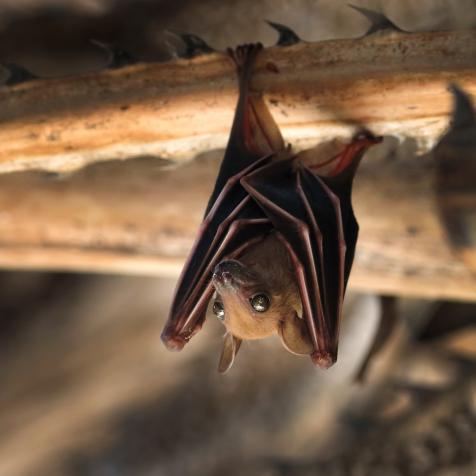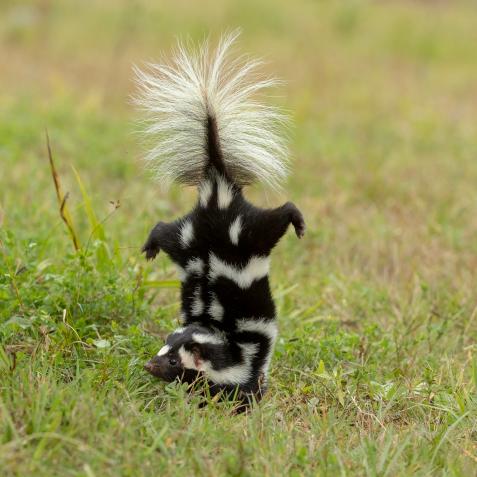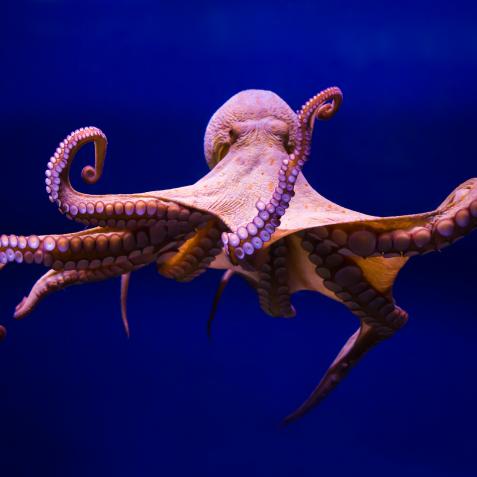
M Swiet Productions
Fishermen and Scientist Develop Rope-less Gear to Save Whales
Fishermen are testing alternative rope-less gear in order to help an effort to save the critically endangered whale species.
A $900,000 conservation fund was established in 2019 to be used over the next three years.
Whales – and sea turtles – are often entangled in ropes that connect crab and lobster traps on the sea floor to buoys on the surface. The ropes enable fishermen to bring their traps to the surface, while the buoys are used as markers. Removing the end line from the gear would “significantly reduce or even eliminate” entanglements, according to scientists at the SeaWorld and Busch Gardens Conservation Fund, the organization financing the research.
Using rope-less gear would not only decrease the risk to marine life, but fishermen may also be allowed to harvest lobster and crab in areas that are currently closed to them in order to protect whales.
Developing rope-less gear isn’t new, however; Kim Sawacki, an American scientist, has been working on finding a non-lethal alternative for a number of years. One solution she has pioneered works by being triggered acoustically. The gear, or Acoustic Subsea Buoy Retrieval System as she calls it, consists of devices that store buoys, rope, or lift bags and kept at depth – where they don’t pose a threat to whales. The items are stored next to the lobster and crab traps and only triggered when a fisherman is nearby and ready to haul out their gear. They work, she says, like remotely opening a car door.
Sawacki has been working with fishermen across different regions in order to find the best solution for every fishing community and develop adaptable gear.
“Many of the fishers I’ve worked with have been excited and motivated to try something new that will help them reduce their amount of gear loss,” she told NRDC. “I’ve also worked with people who have been directly affected by entanglements; either finding deceased animals in their gear or in the gear of others. It’s been clear to me that, while rare, these occurrences have a meaningful impact on them as humans. I find many of those fishers are even more motivated than their peers to try to help solve this problem and care less about their own gear loss than the life of the animal.”
North Atlantic right whales and humpback whales are among the species that are particularly affected by fishing gear. The right whale is a critically endangered species, while the Central American humpback whale population numbers just 400.
Rope-less gear can cost up to six times more than what fishermen currently pay for their equipment, but not developing a viable solution can be even more costly. Following a lawsuit in 2017 against the State of California’s Department of Fish and Wildlife, over the entanglement of humpbacks, the state’s crab fishery was forced to close two months earlier than usual to avoid the whales’ prime migration season.
“For a lot of people, that spring fishery was critical,” said John Mellor, a commercial fisherman based in San Francisco told the Food Economy. He’s since switched to less profitable salmon and sablefish fishing in order to avoid being impacted by the new rules stating that fishermen in the area can no longer fish until the end of the crab season.
Finding rope-less fishing gear that works is becoming a race against time: to protect not just whales, but an industry that provides a livelihood to thousands of Americans.


















